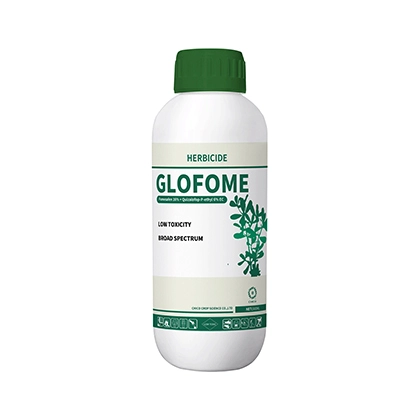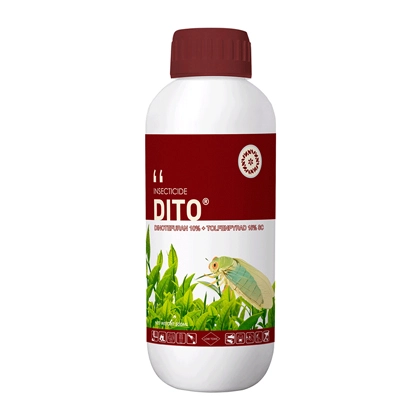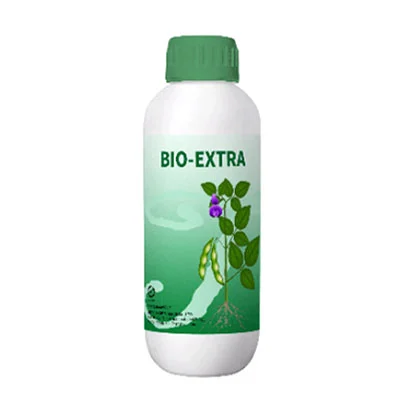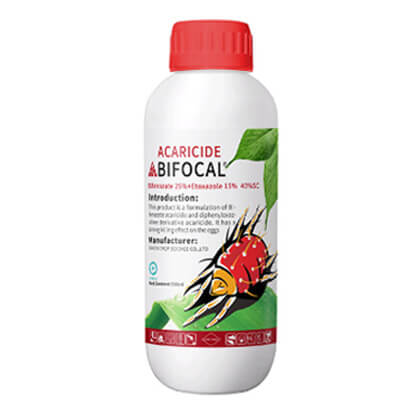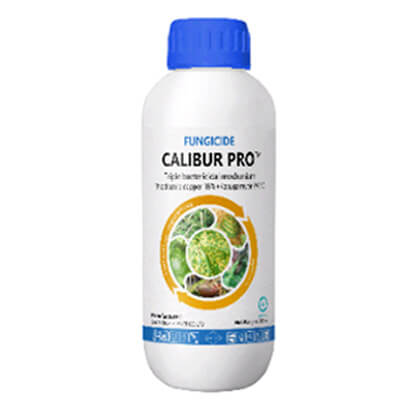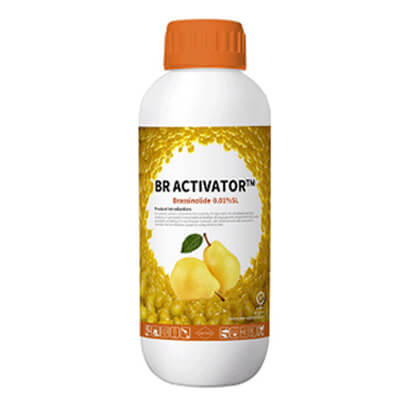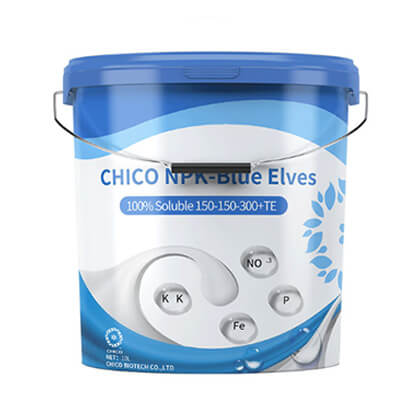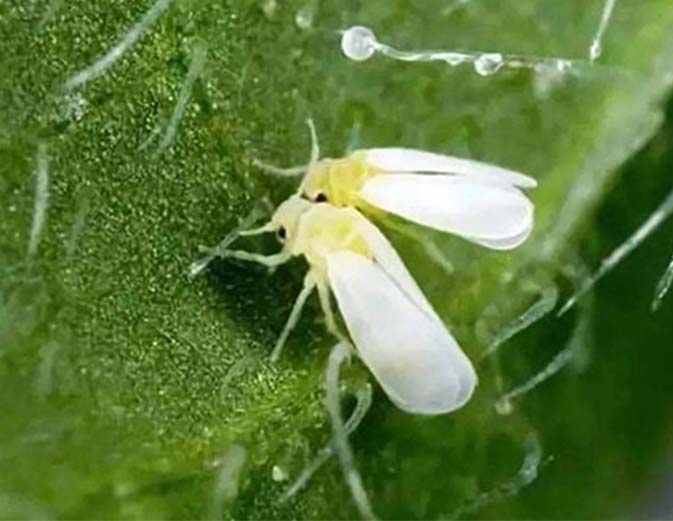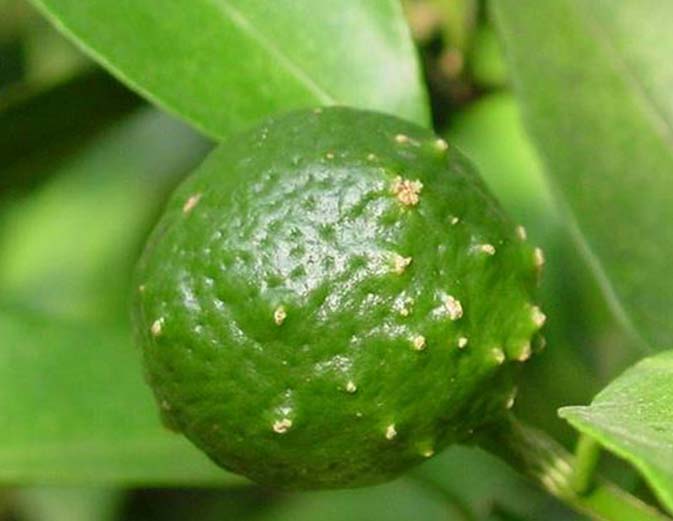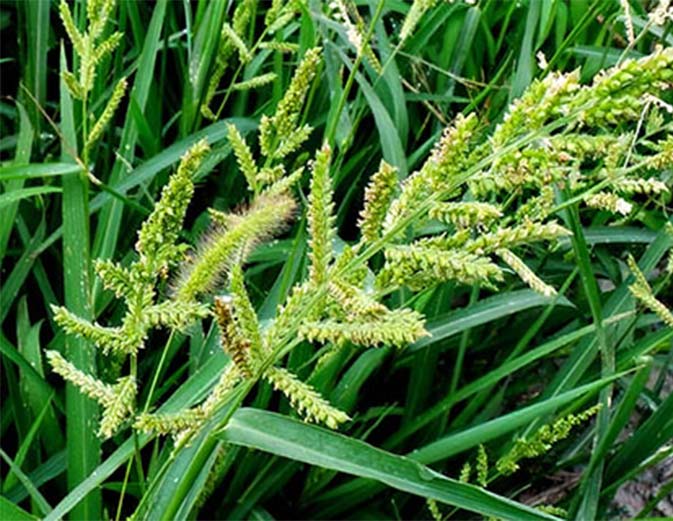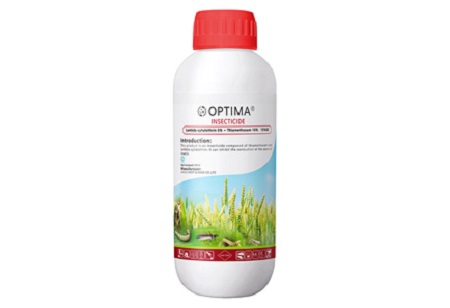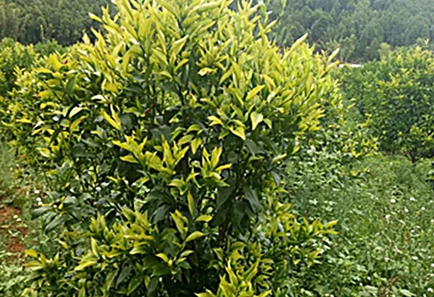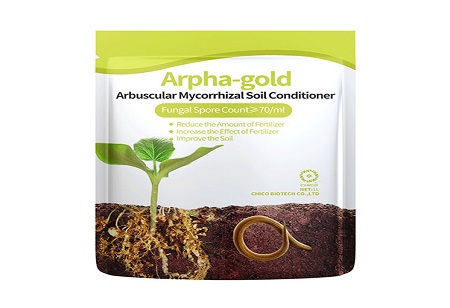
Introduction to Cyhalofop-Butyl
Here are some key information about Cyhalofop-butyl:
Cyhalofop-Butyl: Chemical Structure and Properties
Cyhalofop-butyl is a chiral molecule, with the R-isomer being the dominant form, typically accounting for more than 95% of Cyhalofop-butyl.
Chemical formula: C16H12FNO4.
It is a white crystalline solid, with a melting point of 50°C, vapor pressure of 1.2x10^-3 mPa (at 20°C), oil-water partition coefficient Kow logP = 3.31, and water solubility of 0.7 ppm (at pH 7, 20°C).
Cyhalofop-Butyl: Mode of Action
Cyhalofop butyl is a systemic herbicide, absorbed through the leaves, with no soil activity. It is an acetyl-CoA carboxylase (ACCase) inhibitor, interfering with fatty acid biosynthesis and lipid formation.
Cyhalofop-Butyl: Uses
Primarily used in rice paddies, direct-seeding fields, and transplanted fields to control a wide range of malignant grass weeds, such as barnyardgrass, goosegrass, and others. It is also effective in controlling herbicide-resistant weeds that are resistant to dicarboxylic acids, sulfonylureas, and amides.
Cyhalofop-Butyl: Toxicity and Safety
The acute oral LD50 for rats and mice is greater than 5000mg/kg, and the acute dermal LD50 is greater than 2000mg/kg. It is non-irritating to rabbit skin and eyes and does not cause skin sensitization in guinea pigs. The acute inhalation LC50 (4 hours) for rats is 5.63mg/L air. It shows no mutagenic, teratogenic, carcinogenic, or reproductive toxicity.
Cyhalofop-Butyl: Environmental Impact
Cyhalofop-butyl is stable at pH 4, decomposes slowly at pH 7, and decomposes rapidly at pH 1.2 or pH 9, indicating its stability under different environmental conditions.
Cyhalofop-butyl, due to its high efficacy, low toxicity, and low residue characteristics, is widely used in agriculture, especially for controlling grass weeds in rice cultivation.





